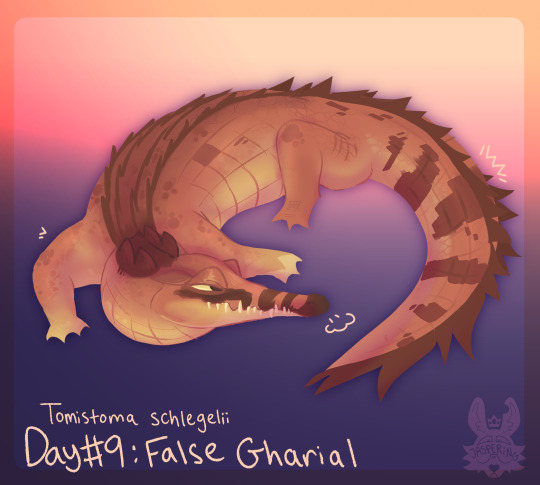#tomistoma
Text

False Gharial aka Malayan Gharial (Tomistoma schlegelii), family Gavialidae, found in Malaysia, Singapore, and Indonesia
Historically, there has been some disagreement about how this species should be placed. At one time, some herpetologists believed this species should be placed in the crocodile family, Crocodylidae. There is vast agreement now that they should be placed in the Gharial family, Gavialidae.
photograph by Junkyardsparkle
304 notes
·
View notes
Text
HAPPY WORLD CROC DAY
It's June 17th, world crocodile day, a day to appreciate these amazing yet endangered animals. They are my personal favourite group of animals period and just endlessly fascinating to me, both those we have today and those that lived in the ancient past. Tho I'm no professional by any means, I strive to learn about them and spread this knowledge. So here's some photos, art and skeletals of fossil crocs (using the term rather liberally I know).
Feel free to drop your favourites in the reblogs, doesn't matter if extinct or not.

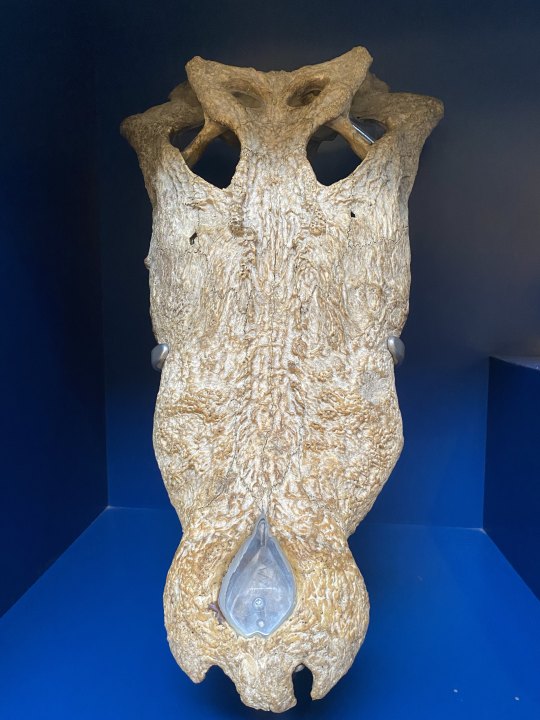
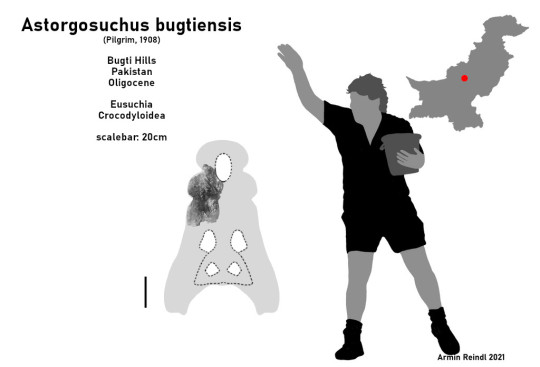
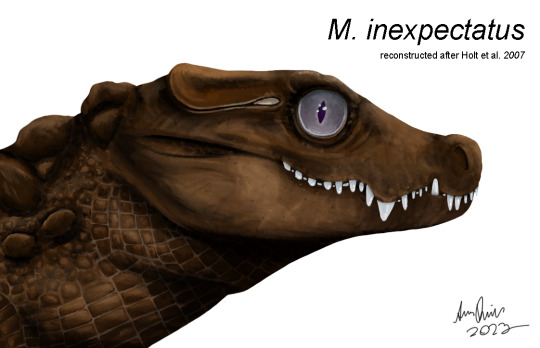

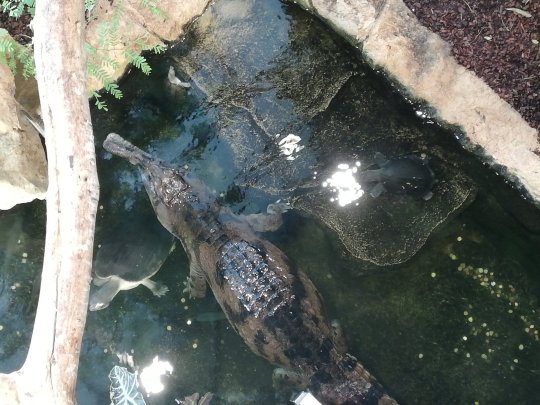




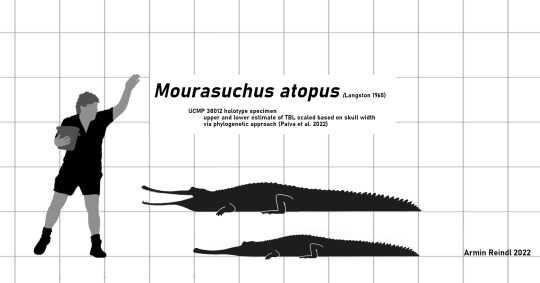
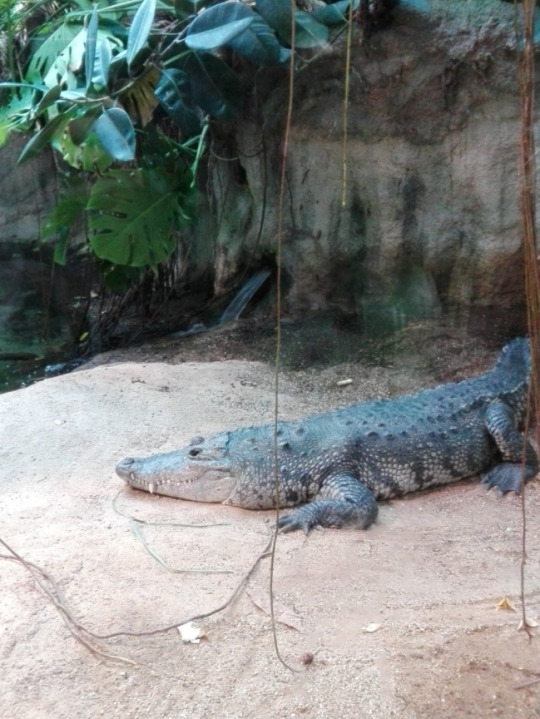
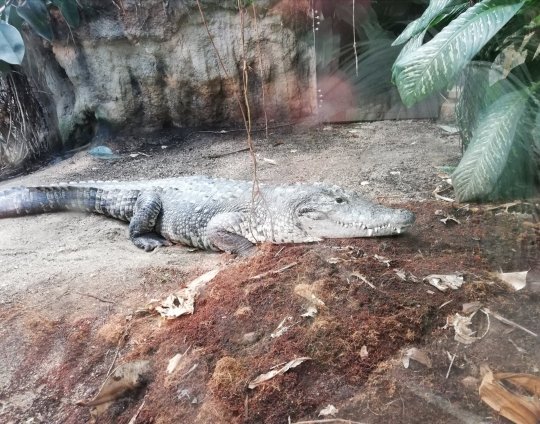
#world crocodile day#crocodile#caiman#gharial#alligator#croc#palaeblr#crocodilian#pseudosuchia#mekosuchus#astorgosuchus#morelets crocodile#dwarf crocodile#tomistoma#mourasuchus#euthecodon
238 notes
·
View notes
Text
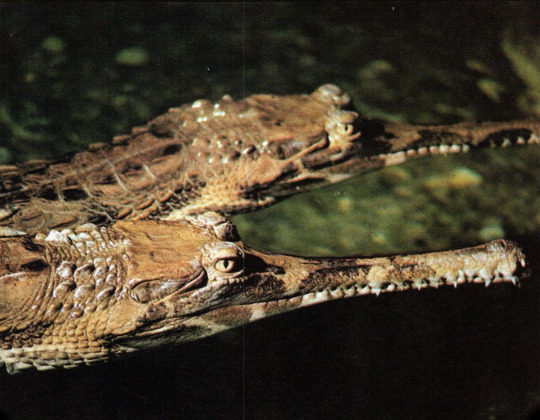
Tomistoma
By: Jean-Philippe Varin / Jacana Press Agency
From: Éditions Rencontre Cards
1976
#tomistoma#crocodilian#reptile#1976#1970s#Jean-Philippe Varin#Jacana Press Agency#Éditions Rencontre Cards
229 notes
·
View notes
Photo
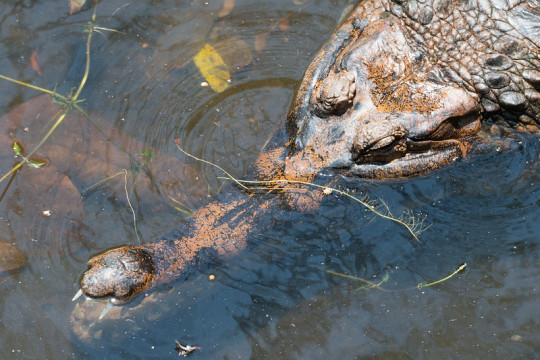
A False gharial (Tomistoma schlegelii) in Singapore Zoo
by Andrew Grimshaw
#false gharial#crocodilians#reptiles#tomistoma schlegelii#tomistoma#gavialidae#crocodilia#reptilia#chordata#Singapore zoo
24 notes
·
View notes
Text

HAPPY TOMISTOMA TUESDAY!
11 notes
·
View notes
Text

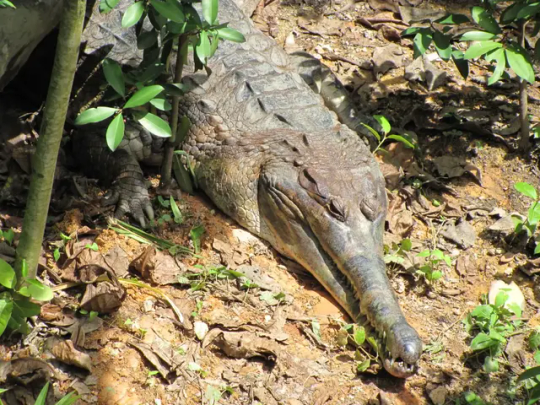




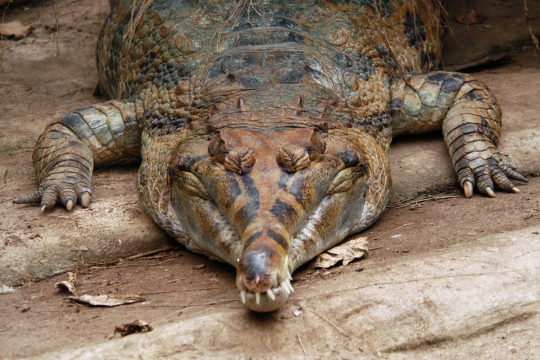
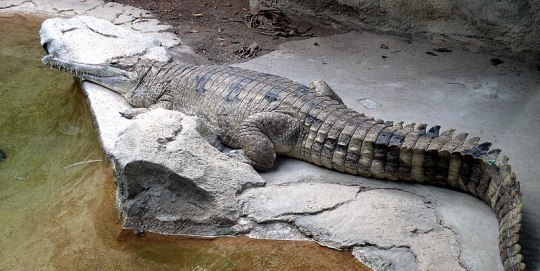
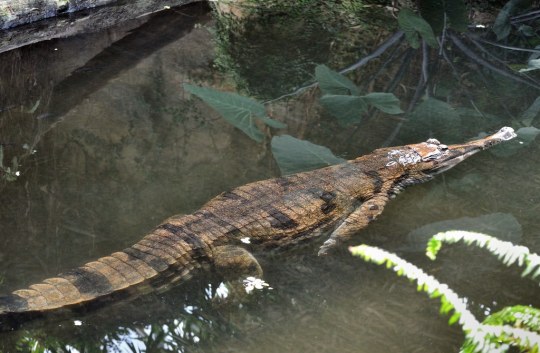
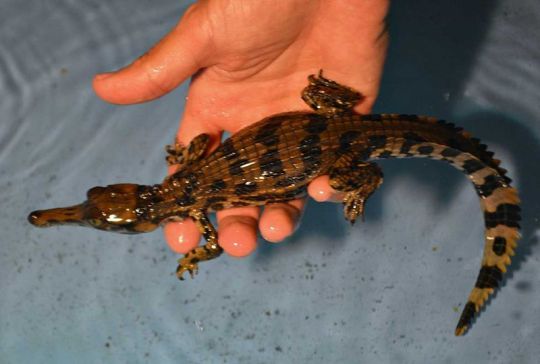
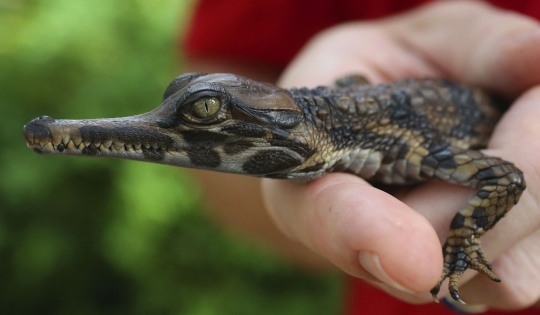
Tomistoma schlegelii, better known as the false gharial, Malayan gharial, Sunda gharial, or tomistoma is a species of large primarily freshwater crocodilian native to Malaysia, Sarawak, Indonesia, Borneo, Sumatra and Java. Despite its common name of false gharial the tomistoma is a member of the family Gavialidae, of which the tomistoma and the Indian gharial are the only two living members, meaning that the false gharial is very much a true gharial. Tomistoma tend to inhabit rivers, lakes, and swamps, where they feed upon fish, crustaceans, amphibians, monkeys, deer, water birds, otters, various reptiles, wild dogs, pigs, and even the rare cow. Tomistoma are themselves occasionally preyed upon by large crocodiles, tigers, leopards, and packs of wild dogs. Female tomistoma reach around 10 to 13ft (3.05 to 4m) in length and 205 to 460lbs (93 to 210kgs) in weight while males reach around 12 to 16ft (3.6 to 5m) in length and 420 to 1,300lbs (190 to 600kgs) in weight. They sport the largest skull in comparison to body length of any extant crocodilian, in large part do to there long, thin, smooth, and unordamented snout. Tomistoma are typically a dark reddish-brown coloration above with dark brown or black spots and cross-bands on the back and tail. With a grayish white mottled underbelly. Juveniles are mottled with black on the sides of the jaws, body, and tail. Breeding occurs twice a year in accordance with the wet seasons, from November to February and from April to June. After breeding females will build a nesting mound out of sand, peat, moss, twigs, and leaves typically near the water in the shade of a large tree. Here she will lay 20 to 60 eggs which will incubate for 90 to 100 days. Although mother tomistoma may sit on or near there mounds and guard them, unlike other crocodilians they offer no parental care once the young have hatched. Under ideal conditions a tomistoma will reach sexual maturity at around 20 years of age and may live up to 80.
#pleistocene pride#pleistocene#pliestocene pride#pliestocene#cenozoic#ice age#stone age#crocodilian#false gharial#gharial#tomistoma#malayan gharial#sunda gharial
1 note
·
View note
Text
Croc studies for Croctober
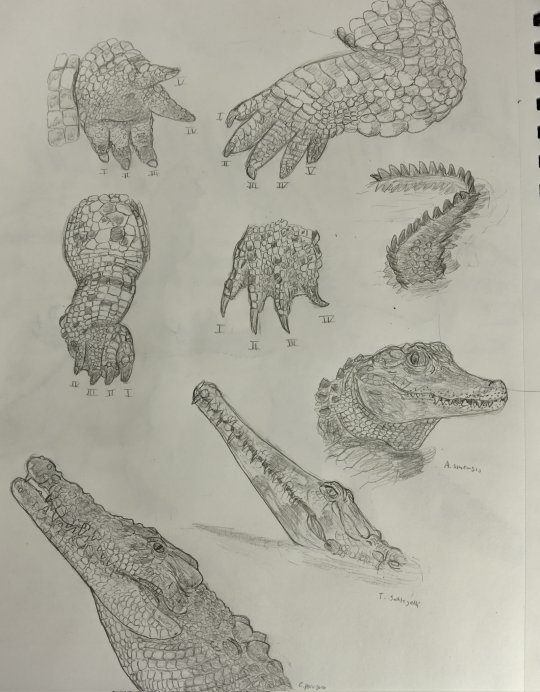
Study practice of croc limbs and the diversity of scale shapes. Featuring portraits of three species that highlight different lifestyles: generalist, piscivorous, and durophagous.
#artists on tumblr#paleoblr#traditional drawing#studyblr#study#crocodile#crocodilian#alligator#tomistoma#croctober
1 note
·
View note
Text
Gostosas peitudas na webcam
Walking naked in public during corona lockdown
Piss drinking lesbians tease each other with dildo
Nasty teen Aidra Fox gets pounded
Young gay guy capture for sex guys Cheese Head Gets Tricked
A little teasing from Elena Koshka is all it took for Trillium - Brazzers
AnalMom - Naughty MILF Ass Fucked And Creampied By BBC Boss
OMG Parking sex public - Teacher fucking random stranger in supermarket parking lot 4K - MissCreamy
Sydney Cole In Itty Blonde Biddy Booty
Dominatrix shemale anal bangs male slut
#wellring#intebreeding#en#watching#megotalc#mnioid#haab#Daryle#pianette#unsecrecy#evangelistaries#Tomistoma#refounded#Arminius#ashrafi#yacare#unsultry#readhesion#repleteness#bedub
0 notes
Text
Living Leather

A False Gharial looking just like leather under water. Photo credit: Jonathan Chua.
#photographers on tumblr#canon 70-300mm#canon eos-m5#canon photography#crocodile pics#false gharial#flora fauna#gharial photos#Tomistoma schlegelii#wildlife photography
0 notes
Text
we're sleeping on how varied crocodilians are in colour and pattern
Yacare caiman

Tomistoma
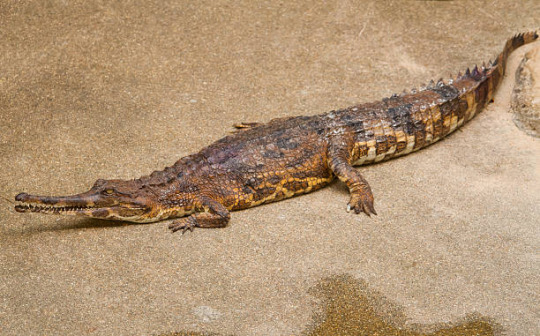
Cuban crocodile
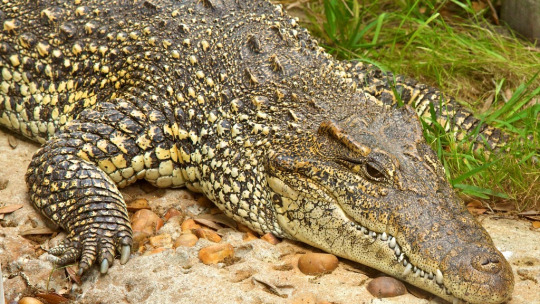
Cuvier's dwarf caiman

West African crocodile

American alligator
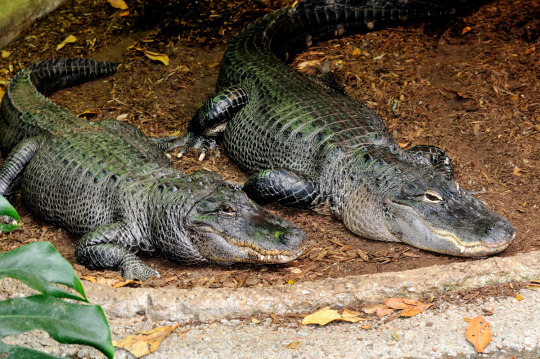
Saltwater crocodile

New Guinea crocodile
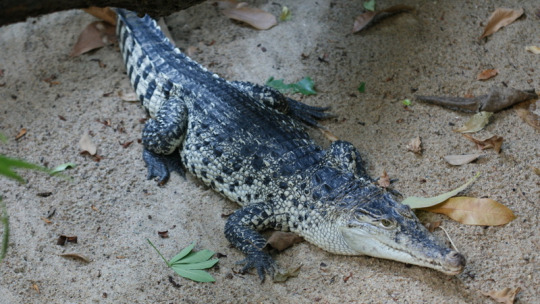
1K notes
·
View notes
Note
Are all crocodilians crocodiles?
I got asked if a tomistoma was an alligator or crocodile the other day (I work at a zoo) and it’s been bugging me. I’m pretty sure they were asking in terms of the species name not taxonomic specificity, so I said it was a tomistoma, but then realized in hindsight that I’m not actually sure what the classification is for this particular animal, so any insight would be appreciated.
(I think I may be misremembering but it might be a type of alligator or crocodile or something? But again I’m not sure and I realized that the term crocodilians can be confusing, hence the question)
Great question! You were right, tomistoma aren't considered crocodiles or alligators, they are gavialids. They're actually most closely related to gharials.
Here's crocodile taxonomy 101. Crocodiles are split into two families, Alligatoridae and Longirostres.
Alligatoridae includes true alligators:
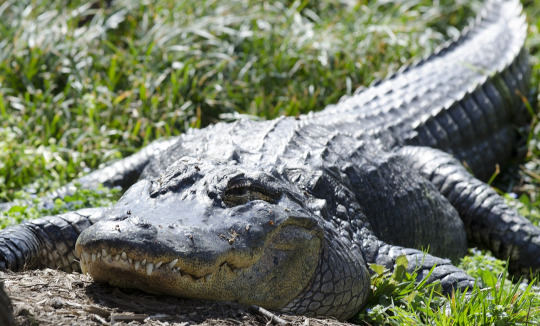
And caimans:

And Longirostres includes true crocodiles:

And gavialids, which are gharials and tomistoma.

So tomistoma are more closely related to crocodiles than they are to alligators, but they're considered an entirely separate thing!

237 notes
·
View notes
Text

False Gharial (Tomistoma schlegelii), family Gavialidae, found in Malaysia, Singapore, and Indonesia
Historically, there has been some disagreement about how this species should be placed. At one time, some herpetologists believed this species should be placed in the crocodile family, Crocodylidae. There is vast agreement now that they should be placed in the Gharial family, Gavialidae.
photograph by Fritz Geller-Grimm
132 notes
·
View notes
Text
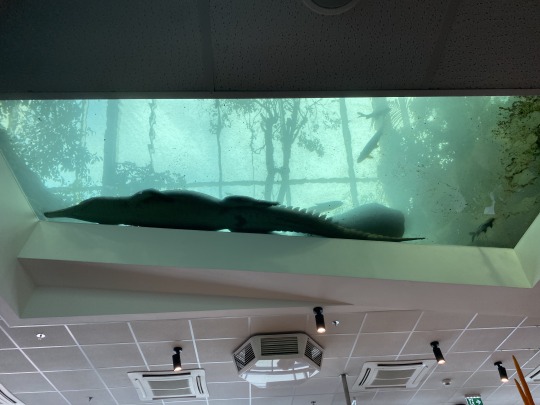


Some photos of the big male Tomistoma in the Haus des Meeres in Vienna. With a length of at least 4 meters its an impressive crocodile, but not even the maximum size of the species
156 notes
·
View notes
Text
World Tomistoma Day 2023
Although I find the concept of a "World Day of" generally stupid, I believe that on the matter of endangered species, it can be a very meaningful speaker.
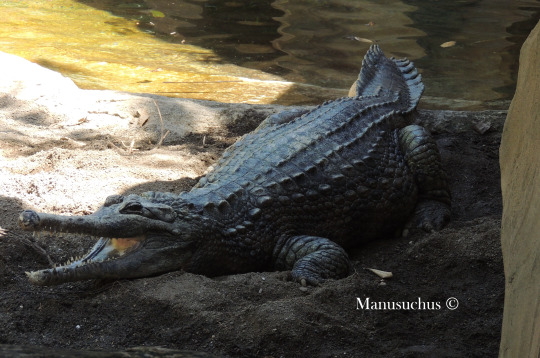
Tomsen, a female T. schlegelii at BioParc Fuengirola (Spain)
Today, August 5th, an initiative of the Crocodile Specialist Group (CSG) together with the "Tomistoma Task Force" is trying to draw attention to this poorly known and misunderstood species.
For those of you who don't know this animal, Tomistoma schlegelii, commonly known as Malayan false gharial is a longirostrine crocodilian that inhabits forested freshwater lakes, slow-moving rivers and swamps of Peninsular Malaysia, Borneo, Sumatra and possibly Java, feeding on diverse prey (From invertebrates to monkeys, small deer, birds and reptiles, with fish constituting the bulk of its diet), and although it is not a particularly aggressive species, there are several records of attacks on humans, with at least one fatal confirmed.
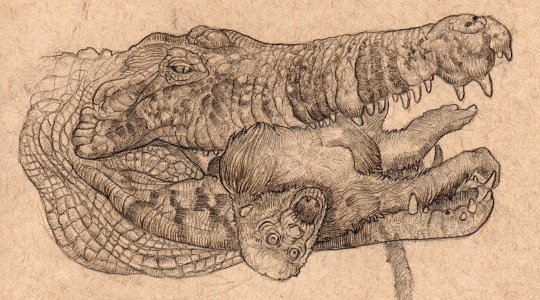
Tomistoma schlegelii devouring a female proboscis monkey (Nasalis larvatus). Inspired by Galdikas et al. 1985 (Illustration made in 2022)
It is characterized by a long narrow snout which blends gradually with the base of the head/skull. Two rows of very small, barely distinct post-occipital scutes. Nuchal scales continuous with dorsal scutes and are almost indistinguishable. They are generally brown in color, with dark bands, including blotches and bands on snout and jaws.
But what makes this species really interesting are two particularities : Its enormous size and its ínteresting taxonomic affinities:
a) Size: It is not uncommon for Tomistoma males to reach lengths of 4 m today, but skeletal remains (Mainly skulls) indicate that we could be (Although improbably) in the presence of one of the candidates for the largest crocodylian species in the world .
In their 2008 study, R. & N. Whitaker noted that the longest skulls in the world belonged to Tomistoma (One at Munich Museum at 81.5 cm; another at the AMNH at 76.5 cm ...) with the British Museum specimen taking the lead with an incredible 84 cm (Leaving all other species behind).
However, observations made on Tomistomas in captivity at the Samut Prakarn Crocodile Farm (Bangkok) and on some wild specimens, determined that the HL:TL ratio was 1:6.4 for the species; and therefore, the British Museum specimen would have measured about 5.38 m in life, certainly a giant but far from the monstrous sizes of some salties (Crocodylus porosus).

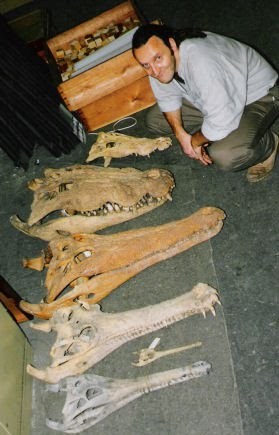
The British Museum specimen. George Craig © (In the second photo, you can compare the size with C. porosus and G. gangeticus large specimens)
b) Uncertain affinities: Tomistoma is the last survivor of an old lineage that originated about 40-50 mya ago. This has made many authors wonder: where does this species fit in the evolutionary tree of crocodylia? And well... it's complicated.
T. schlegelii has long been considered to be a member of the Crocodylidae ( Brochu 2003). Much of the analysis has focussed on skeletal attributes, often constrained that way to allow comparison with fossil material, but there is supporting evidence from soft anatomy as well (Frey et al. (1989) , Endo et al.(2002)...)
But now begins the tricky part : Molecular analyses place Tomistoma as a Gavialid.
( White and Densmore 2001; Janke et al. 2005;McAliley et al. 2006, Roos et al. 2007; Man et al. 2011...) Although some of these studies have been criticized for their methodology, it is clear that it cannot be ignored that they all reach the same conclusion.
Likewise, there are important discrepancies about the times and periods in which both families appear/diverge, so the debate is not yet definitely closed.
Tomistoma are considered vulnerable by the IUCN Red List, nonetheless, it remains possible that T. schlegelii may qualify as Endangered in the future due to ongoing habitat loss and degradation, particularly Malaysia, so this day is still important to spread the word about the species.
I have only been able to enjoy these animals live once, at the BioParc in Fuengirola, Málaga (Spain) where they keep a trio of three adult specimens: Two females (Montse and Tomsen) and a huge male (René, affectionately nicknamed "Pinocho"). This Zoo is the only one in Spain that houses Tomistomas and has achieved the titanic task of their reproduction in captivity.
René, the huge male at BioParc Fuengirola. Video by me.
#zoology#animals#reptiles#crocodiles#nature#crocodilians#wildlife#science#conservation#endangered species#endangered animals
114 notes
·
View notes
Text

Grzimek's Animal Life Encyclopedia. Volume 6: Reptiles. Written by Bernard Grzimek. 1984. Illustration by Helmut Diller.
1.) Dwarf crocodile (Osteolaemus tetraspis)
2.) False gharial (Tomistoma schlegelii)
3.) Nile crocodile (Crocodylus niloticus)
4.) American crocodile (Crocodylus acutus)
5.) Saltwater crocodile (Crocodylus porosus)
6.) Gharial (Gavialis gangeticus)
#reptiles#crocodilians#dwarf crocodiles#false gharials#nile crocodiles#american crocodiles#saltwater crocodiles#gharials#Helmut Diller
197 notes
·
View notes
